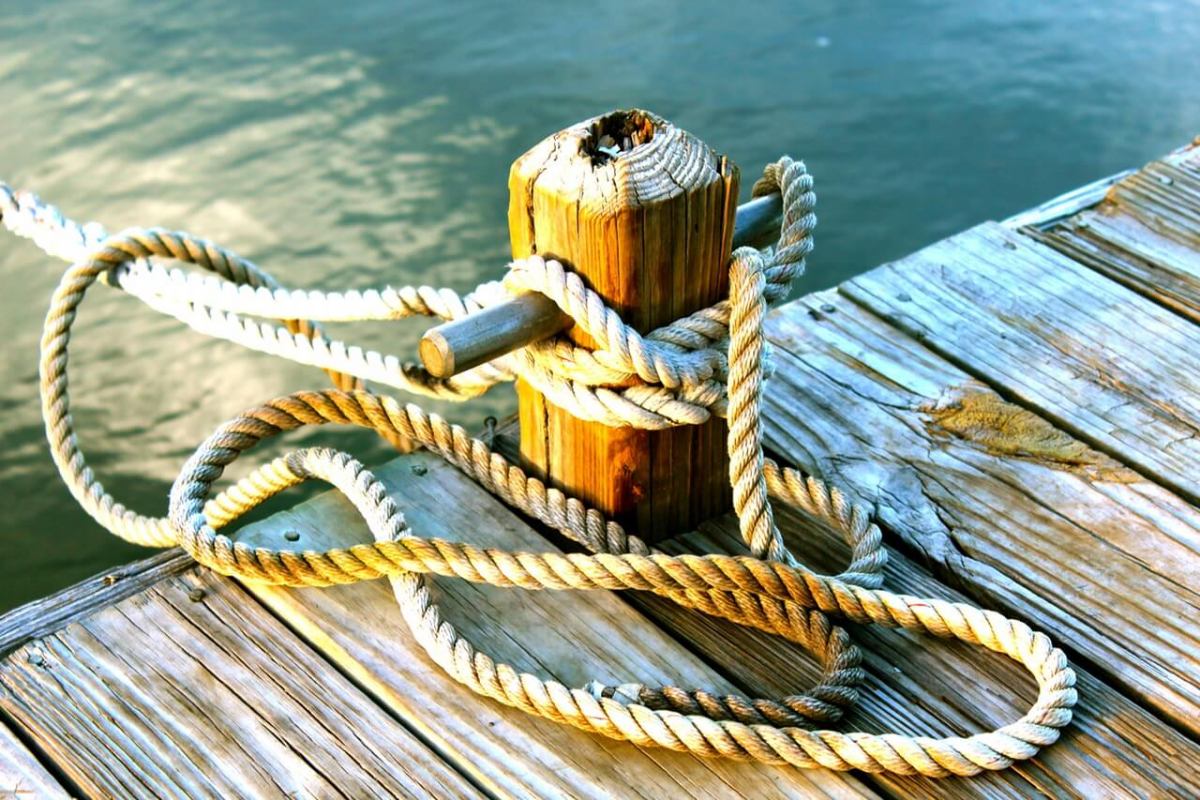All The Knots You Need to Know at Sea

Knots are an essential skill that every sailor should have when venturing out at sea. While there are scores of different types of knots that can serve different purposes, any of these might be required during the course of any sailing or boating trip.
Performing the correct knot is essential to ensure your safety and that of your passengers throughout the entire journey, and to also protect your boat from any undue damage.
Sheet Bend (and Double Sheet Bend)
The Sheet Bend, also known as the Weaver’s Knot, is a knot that is used to join two ropes together. When doubled, it is highly useful for binding ropes that have varying diameters. This knot is related to the Bowline, both of which are considered to be essential knots in any sailor’s arsenal.
Bowline
The Bowline is a knot that creates a secure loop at the end part of a rope. As such, it is a very versatile knot that can be used in different applications including to fasten a mooring line to a ring. Two bowlines can also be joined together to fuse two different ropes.
Figure 8 Knot
The Figure-Eight Knot is a very ancient knot that is very effective as a stopper knot to prevent a rope line from sliding out of sight. It is especially useful when trying to prevent ropes from escaping certain places, such as up a mast.Round Turn and Two Half Hitches
The Round Turn and Two Half Hitches is a handy knot that can be used to attach the end of a rope to objects, such as a mooring line to a dock ring.
Anchor Hitch
The Anchor Bend or Hitch, also commonly referred to as the Fisherman’s Hitch, is also a knot that can be used to attach the end of a rope to an object. As opposed to the Round Turn and Two Half hitches, it is more secure as in fact commonly used to attach an anchor line to an anchor.
Rolling Hitch
A Rolling Hitch is another useful and versatile knot that allows the user to tie a smaller rope to a much larger one with the line of pull is almost parallel. The Rolling Hitch is commonly used in sailing to rig a stopper to relieve tension from a sheet to clear out a jammed winch.
Cleat Hitch
The Cleat Hitch is a knot that is specifically used to tie a rope to a ship’s cleat. It is a very simple knot to use, and can also be applied for dinghy bow lines and sheets. There are two versions of the cleat hitch: one tied to the halyard and another that is tied to the deck line.
Constrictor Knot
The Constrictor Knot is widely regarded as one of the most effective binding knots, as it is very difficult to untie once it has been tightened. It can be applied in any situation that requires temporary or semi-permanent binding, such as keeping the rope’s end together during whipping.
Other Knots to also consider
The eight knots included above are not the only ones that sailors should consider before their next trip out at sea. Other popular knots, also include the Reef Knot, Clove Hitch, the Taut-Line Hitch, the Overhand Knot, and the Highwayman’s Hitch.
The options are quite extensive, and a little practice and further research will allow any sailor to find the best knots that fits their boat and personal needs.
